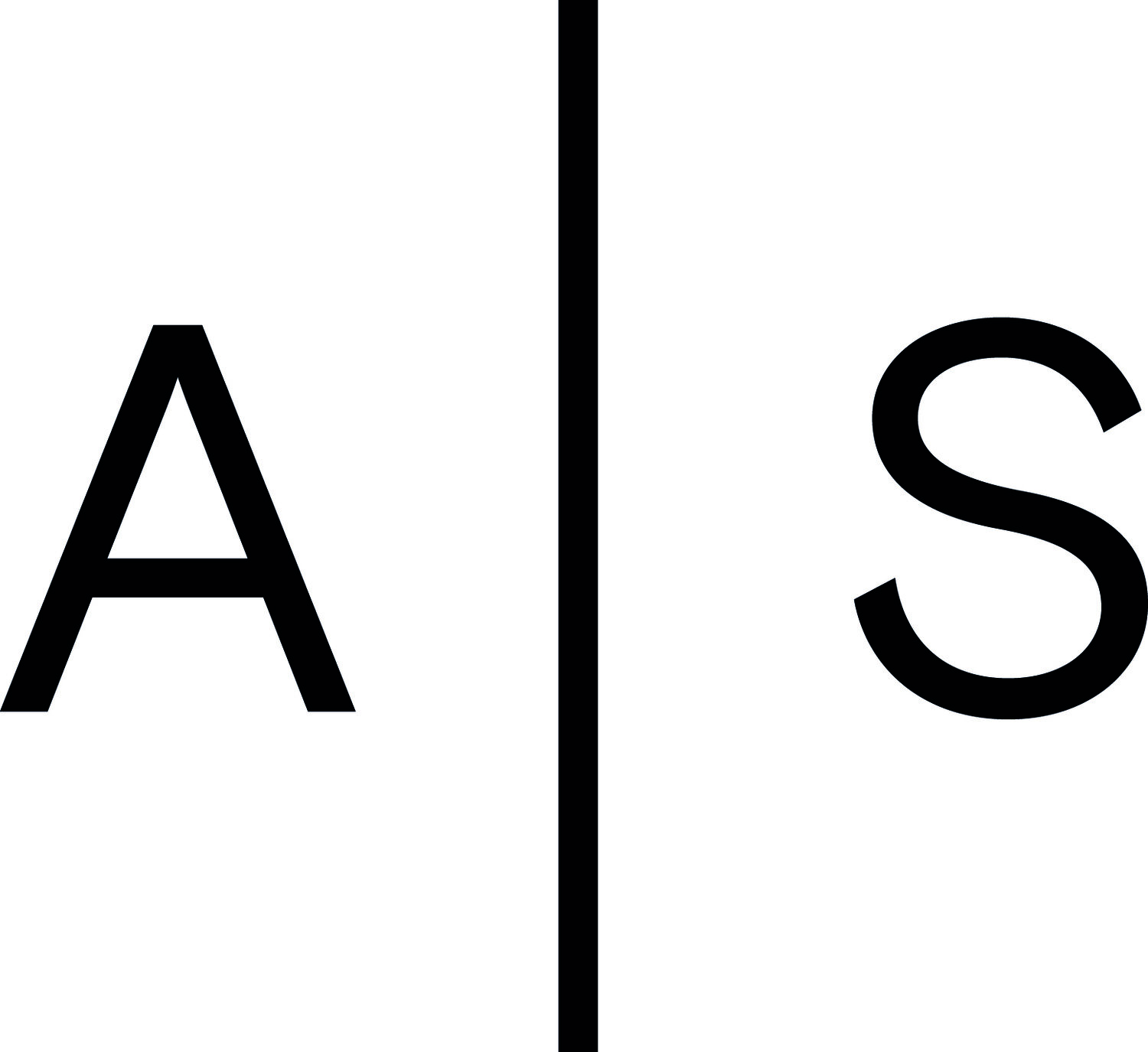King and Crown
‘This royal throne of kings, this sceptred isle, ...
This precious stone set in a silver sea.’
How to depict kingship in the contemporary age is a fascinating question that is at the heart of Hormazd Narielwalla’s commission for 45 Park Lane in celebration of the coronation of King Charles III. Born in India and trained as an artist in London, Narielwalla has a dual experience with which to speak of former Empire and differing senses of national identity. The role of the body has been a recurrent theme in his art since 2008 when he first began using garment patterns to explore ideas about migration, diaspora, identity and adornment. He is fascinated by the transformative power of clothes and has used the templates of tailoring and sewing patterns as the basis for collages and drawings that ask questions about who we are, where we come from, who might we might become.
Two delicately embellished abstract images are worked on the surfaces of 1950’s vintage patterns. Fragments of subtly coloured painted paper, cloth, pearlescent plastic and gold-leafed print are arranged in rhythmic networks over the fragile paper supports. Their cut geometric shapes resemble the facets of gemstones, with textures that suggest the patina of age: of icons, reliquaries, velvet, ermine, diamonds. One of the patterns bears the words ‘Chapeau Enfant’.
The collages bring to mind Medieval manuscripts and maps. Their language is codified yet they convey a powerful sense of materiality and time. Each incorporates references to the investiture, which are refracted through a Modernist grid of lines, points and planes deconstructing the ceremonial objects of the regalia – the crown, the sceptre, the orb, the robes – to re-present their meanings to us. Reproduced large-scale as flags around the hotel, the images take on a heraldic role, transforming the architecture of the building into a form of sculpture.
Britain is one of the last hereditary monarchies in Europe and the coronation carries a symbolism that dates back over 800 years. The ceremony enacts a form of transformation. The king is both the head of state and Supreme Governor of the Church of England. Anointed with holy oil he is presented with objects – an orb (to represent the world) and a sceptre (which has its origins in the form of a shepherd’s crook) – which symbolise a responsibility that is spiritual as well as temporal. British society has changed in the 70 years since the last coronation. We are a far more multi-cultural and secular nation than we were in the post war period, yet our monarchy still occupies a very significant role in the hearts and minds of British people.
Narielwalla’s work expresses these complex currents. His images present fractured two-dimensional forms whilst simultaneously suggesting a sense of time, value, preciousness. His representation of the king is codified. A circle in the pattern is left unfilled and above it an arrangement of white lace-like paper suggests hands, or a halo, in a reference to the way Renaissance painters depicted the Annunciation as a feather or a cloud. A sequence of richly decorated collages in the wider exhibition extends the motif of the figure, madonna-like, seated and kneeling; whilst one depicting three ‘heads’ speaks of the changing nature of monarchy through the three Carolean eras. Elsewhere the regalia’s gemstones are the focus for entirely abstract motifs that explore ideas about the spoils of Empire and Sovereignty.
Narielwalla was born in Mumbai 1979 and came to the UK in 2003 originally to study as a fashion designer. He completed a PHD in Fine Arts at the University Arts London in 2014 and since 2008 has shown his work in exhibitions curated by the Crafts Council, the Hepworth Wakefield Museum, the Migration Museum and the Victoria and Albert Museum, amongst others.
His solo exhibitions include A Study on Anansi, Paul Smith, London (2009); Lost Gardens, South Bank Centre, London (2016); Rock Paper Scissors (2020) and Diamond Dolls (2021) Eagle Gallery Cabinet Room, London and Pattern Symphony, Mansard Gallery, London (2022). His work is held in collections including the Albers Foundation Library, CT, USA; Ben Uri Museum and Gallery, London; TATE (through the Eagle Gallery / EMH Arts Archive); Hepworth Wakefield Museum; Prints and Works on Paper Collection, Victoria and Albert Museum, London and Yale Center for British Art, CT, USA.
Emma Hill, 2023
